5 Common Ways Your Body Changes Postpartum
Everyone talks about what to expect during your pregnancy, but not enough discussion relates to what to expect after your pregnancy. Believe it or not, your body continues to change post-pregnancy, and not in the ways you might think.
Below we discuss five of the most common ways your body changes postpartum:
1. Urinary Incontinence
The weight of your baby, particularly towards the end of your pregnancy, puts a strain on your pelvic floor muscles. In turn, this helps to strengthen and support bladder control during pregnancy. However, once the baby has been delivered, those same muscles begin to weaken, which can result in leaking a bit of urine, especially when sneezing, coughing, or lifting something heavy.
To strengthen your pelvic floor muscles, practice performing kegel exercises on a regular basis. These types of exercises are designed to toughen up those muscles, and are one of the most effective ways to prevent leaks. Additionally, it’s a good idea to get into the habit of testing out the strength of your muscles by peeing and purposely stopping the urine midstream about ten times. Doing this will allow you to evaluate how strong your muscles truly are, and how much control you have over them postpartum.
2. Acne Breakouts
No matter what type of skin you have, you shouldn’t be surprised if blemishes and breakouts appear postpartum. This is not a coincidence, but rather, a common skin condition that develops post-pregnancy. The reasoning for this, as well as many of the other postpartum skin changes, relates back to the fluctuation of hormones that occur during this time, as your body continues to adjust back to its normal state after you’ve given birth.
This, combined with the stress that inevitably accompanies any new mom, causes your body to release hormones that are responsible for speeding up the sebaceous glands in your body. More sebum production equals more body oil, which consequently, causes acne to arise. Luckily, with the help of some acne-fighting treatment products, managing breakouts can be simple! If you haven’t already, incorporate a few into your postpartum skin care routine and keep those blemishes at bay.
3. Vaginal Discharge
Lochia, the term used to describe the vaginal discharge that occurs after giving birth, is another body change you can expect postpartum. This will likely begin almost immediately after you give birth, regardless of what form of delivery you follow. The vaginal discharge may be a heavier flow than what you are used to, but if/when this happens, don’t worry. While it can be scary, lochia is only benign leftover mucus, blood, and tissue from your uterus, so have no fear!
The good news is that this bodily change will go away in time, typically lasting around four to six weeks postpartum. The heavier flow tends to occur within the first few days after delivery and will then start to decrease overtime. In the meantime, however, try to avoid blocking the discharge with a tampon as this can increase your risk of infection or cause irritation or pain. Instead, opt for heavy-duty pads instead.
4. Stretch Marks & Varicose Veins
The development of stretch marks (slender white and red scars) and varicose veins (superficial dilated blood vessels) are probably two of the most universally known ways in which your body changes postpartum, but do you know why they occur? According to research, the answer has to do with the rapid changes in body weight, and the increase in blood fluid and volume. Both of these bodily changes act as a direct path to stretch marks and varicose veins.
Unfortunately, treating these body changes isn’t as easy as treating acne breakouts. However, there are a few solutions out there worth exploring. For stretch marks, try diminishing the appearance by using a topical stretch mark removal cream, and be consistent with application. Managing varicose veins, on the other hand, may require a more extensive, professional treatment like sclerotherapy, which is a solution that’s injected into the dilated blood vessel, working to shrink or collapse the vein and stop blood flow.
5. Night Sweats
As your body continues its natural hormone adjustment process post-pregnancy, you may find yourself sweating more often than usual, specifically at nighttime when you’re trying to sleep. Night sweats are your body’s way of expelling all of the extra fluid your body retains (and is still retaining) during pregnancy. Plus, now that your body is no longer heating another human being, it needs to flush out all that additional fluid that comes from there as well. Similar to a furnace—your body is simply attempting to cool down the fire postpartum.
Rest assure, the night sweats should dry up in due time. This bodily change will be at its worst two weeks after delivery, but after you’ve reached this mark, sweating will start to decline and will last up to six weeks postpartum. For now, be sure to sleep in a room with low temperatures and consider ventilating the air with a fan as this will make it easier to regulate night sweats and get a better night's sleep.
